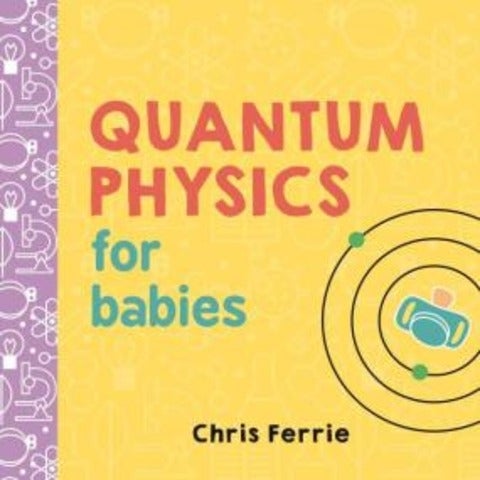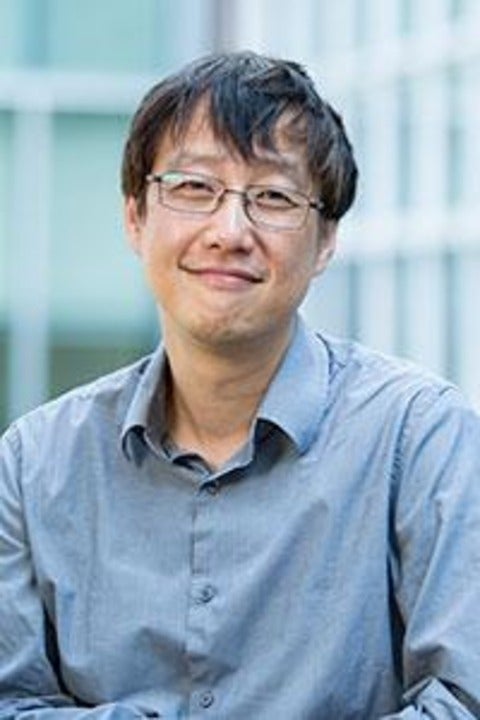Robust and high-fidelity control for quantum computation
Hsi-Sheng Goan - Department of Physics and Center for Quantum Science and Engineering, National Taiwan University, Taipei
An essential prerequisite for quantum information processing is precise coherent control of the dynamics of quantum systems or quantum bits (qubits). Most of the control sequences implemented in quantum experiments are developed and designed based on the assumption of having ideal (closed) quantum coherent systems.


